When Michael Holman moved from San Francisco to New York City in 1978, he planned to become a banker on Wall Street before being submerged in the downtown art and emerging hip-hop scene. A year later, Holman organized the Canal Zone party with Fab 5 Freddy and British artist Stan Peskett, showcasing young talent, and met a teenage Jean-Michel Basquiat, who had already gained plenty of attention as a graffiti artist with Al Diaz under the pseudonym SAMO (“Same Old”).
Soon after connecting, the two formed the experimental band, Test Pattern, then tested out Channel 9 and Bad Fools, before switching their name to Gray. There was no premise, nor a clear direction for Gray, except for one rule: no one could know how to play an instrument.
“We all would in the band approach music from a real ignorant point of view, not really understanding music from a musical, polished, classic musical point of view,” recalled Holman in 2015. “We would approach it from a more experimental style. Part of the rules of being in the band Gray was that you couldn’t actually know how to play something. If you did, we did not want you in the band.”
Together, they approached music from “something other than a classic point of view,” said Holman, in order to create “something new and different that hasn’t been done before.”
Videos by American Songwriter
“Music That Isn’t Really Music”
Named after Henry Gray’s 1950 book of anatomy, Gray’s Anatomy—a reference point for many of Basquiat’s paintings—the band’s revolving door of members included DJ and photographer Nick Taylor, Shannon Dawson (co-founder of the band Konk), Wayne Clifford (also known as Justin Thyme), and actor Vincent Gallo.
Basquiat, who was also inspired by composer John Cage at the time, described the band‘s sound as “music that isn’t really music. We were trying to be incomplete, abrasive, oddly beautiful.”
Mostly instrumentally inept, Holman took on drums, while Clifford played keyboard, Dawson on trumpet, and Basquiat played around with the guitar, clarinet, and a Wasp synthesizer. Taylor later joined the band on guitar, along with Gallo, who tinkered on the keys.
“Gray’s approach to music was having heard music, to approach instruments and sound systems the way one would pick up a strange machine and try to intuit its operation and function,” said late writer Glenn O’Brien, who befriended Basquiat in 1979 and once hosted the public access television show TV Party, which featured the artist as a regular guest. O’Brien also wrote and co-produced the 1981 film New York Beat, starring the artist, which was later released as Downtown 81 in 2000.

“Since Basquiat didn’t know guitar technique, it seemed like a good idea to play one with a steel file,” O’Brien added. “Michael Holman discovered that you could achieve a very nice effect by pulling masking tape off the skin of a snare drum. Wayne knew that a cassette recorder was a kind of instrument. And they had a lot of really cheap little Canal Street keyboards that sounded better than really expensive Sam Ash keyboards.”
He added, “And then there was the clarinet that Basquiat liked to walk around with, that was as much a scepter and wand as wind instrument.”
Though Gray never released an album during this time, and within Basquiat’s lifetime, the band made some noise playing around downtown venues CBGB, Mudd Club, Max’s Kansas City, and Hurrah.
Avant-garde, noise rock. Aesthetically and musically, there were elements of both. If there was a genre slot for Gray, it was the No Wave spawned by Suicide, SWANS, James Chance, Lydia Lunch with Teenage Jesus and the Jerks, Sonic Youth, and Bush Tetras. Yet Gray also blended something cooler: jazzy hip-hop, street sounds, and spoken word, cataclysmic instrumentals. And perhaps by sheer accident, they foreshadowed some of the founding movements of trip-hop.
“It’s ironic that Gray has been termed a noise band because their usual mode is ultra cool,” said O’Brien. “It’s quirky and sometimes pushes the envelope of musical mode, but it’s the symmetrical, harmonic core that holds the rough edges together into something that moves with power and grace.”
Gray Matters: 1990s – 2020s
Basquiat left Gray in 1981 to focus on his art, and the band reunited for his memorial service in 1988.
By the 1990s, Holman reformed Gray with Taylor for a run of shows, including a performance at The Ritz, where they supported Todd Rundgren. Gray released its first album, Shades Of…, in 2011, a compilation of new songs and earlier recordings, and remixes, written and recorded by Basquiat, Holman, Taylor, and Clifford.
Rundgren later served as one of the producers of Gray’s remastered Shades Of… Anthology in 2019, and the band’s music was later featured in Downtown 81 (2000), artist Julian Schnabel’s 1996 biographical film Basquiat, Downtown Calling (2009), Blank City (2010), The Radiant Child (2010), and Boom, For Real: The Late Teenaged Years of Jean-Michel Basquiat (2017).
In 2011, Holman and Taylor also reunited for a series of Gray shows at art institutions, including one with Questlove in 2012 at the Brooklyn Academy of Music.
Taylor and Holamn released Gray’s second album, Last of the Beats, in 2024, which included a track called “Willie Mays,” featuring O’Brien, who died at 70 in 2017. The album cover is a black and white photograph of a musical contraption Basquiat crafted and played when Gray performed at art dealer and gallerist Leo Castelli’s 78th birthday party in New York City in 1980.
“I have known a lot of famous and important people throughout my life and continue to meet interesting people, but I never met anyone like him,” Holman said of Basquiat. “The best way I can explain it is … he seemed to be or have the aura or have the magnetism of what some spiritual people call a Realized Being, like the Dalai Lama. Somebody who has something that is somehow more than human, that somehow has a cosmic, spiritual presence that seems something different than human, more elevated, more brilliant, more interesting.”
Photo: Patrick McMullan/Getty Images


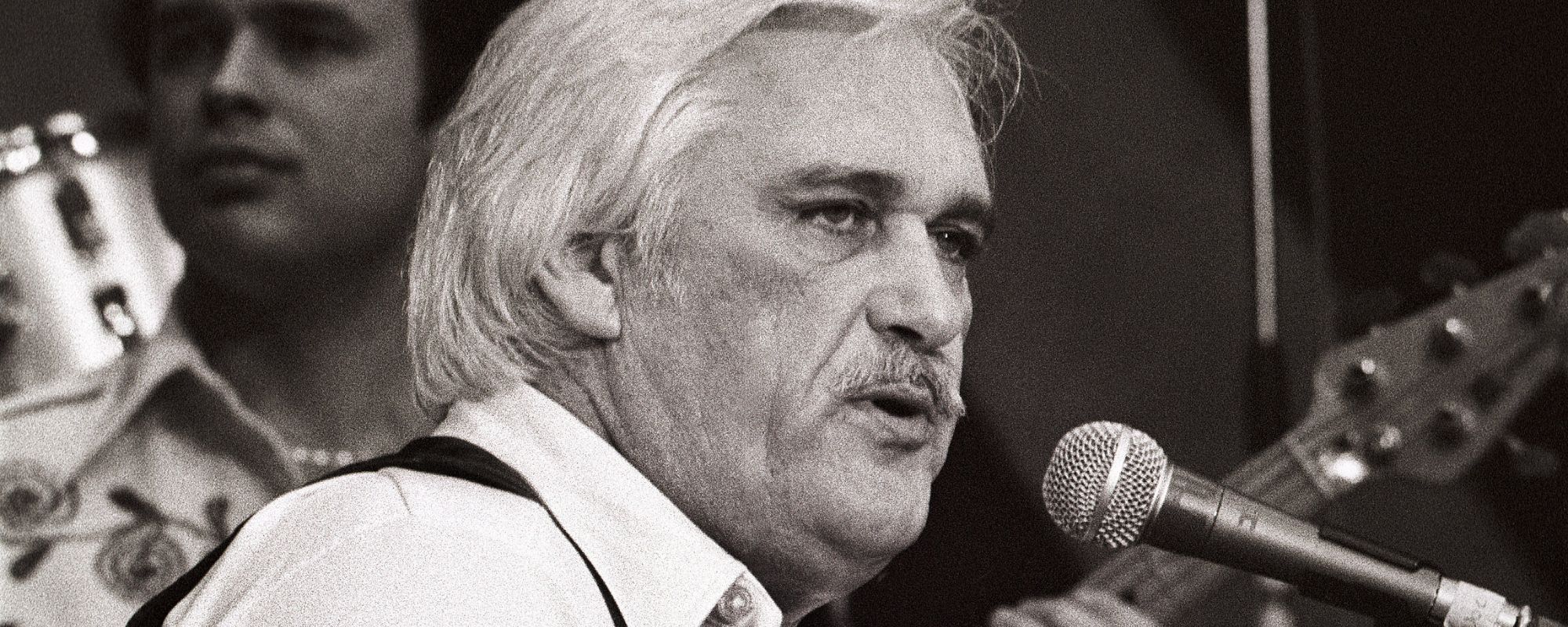


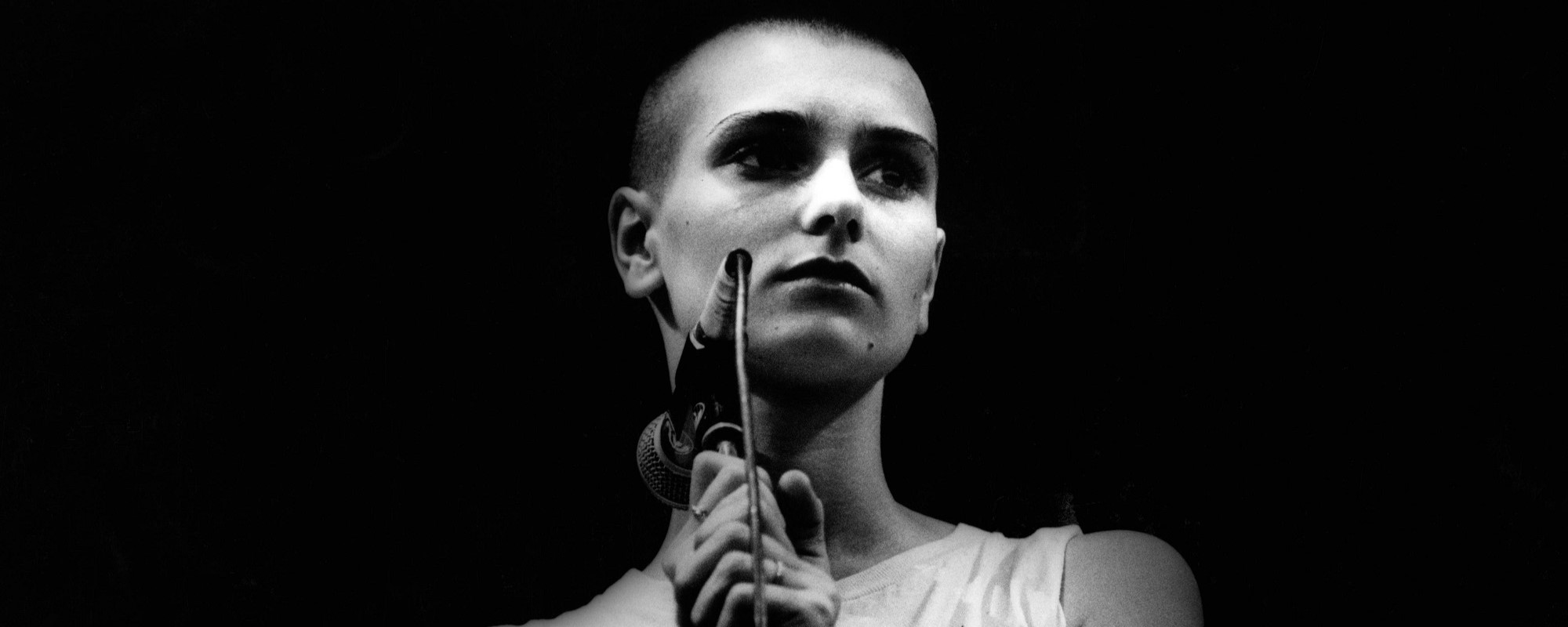
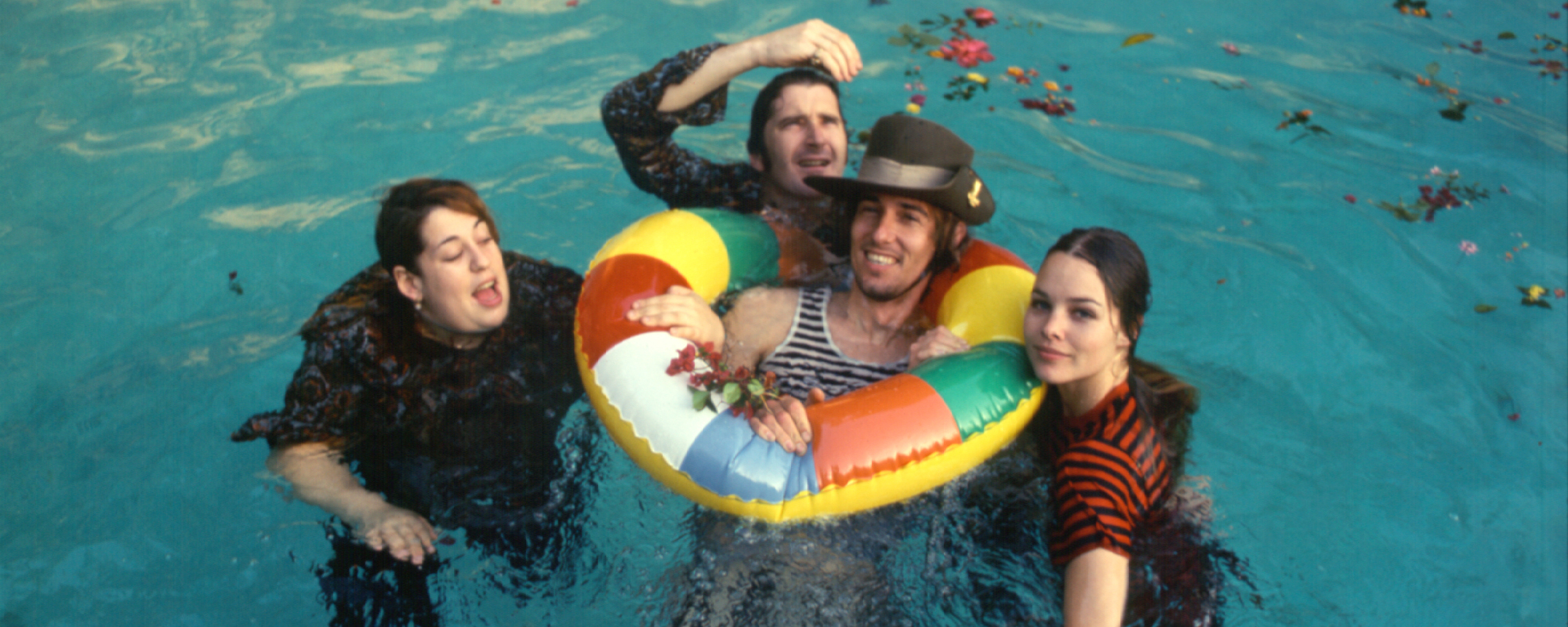
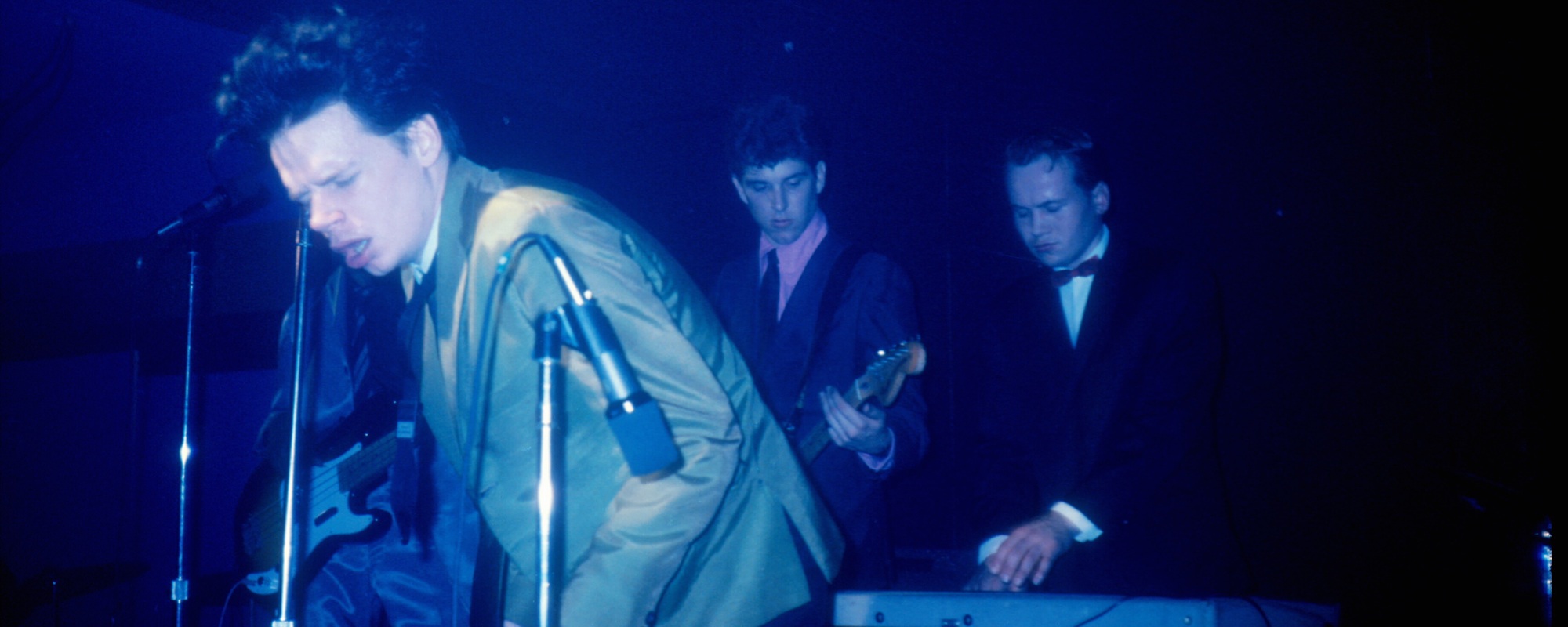
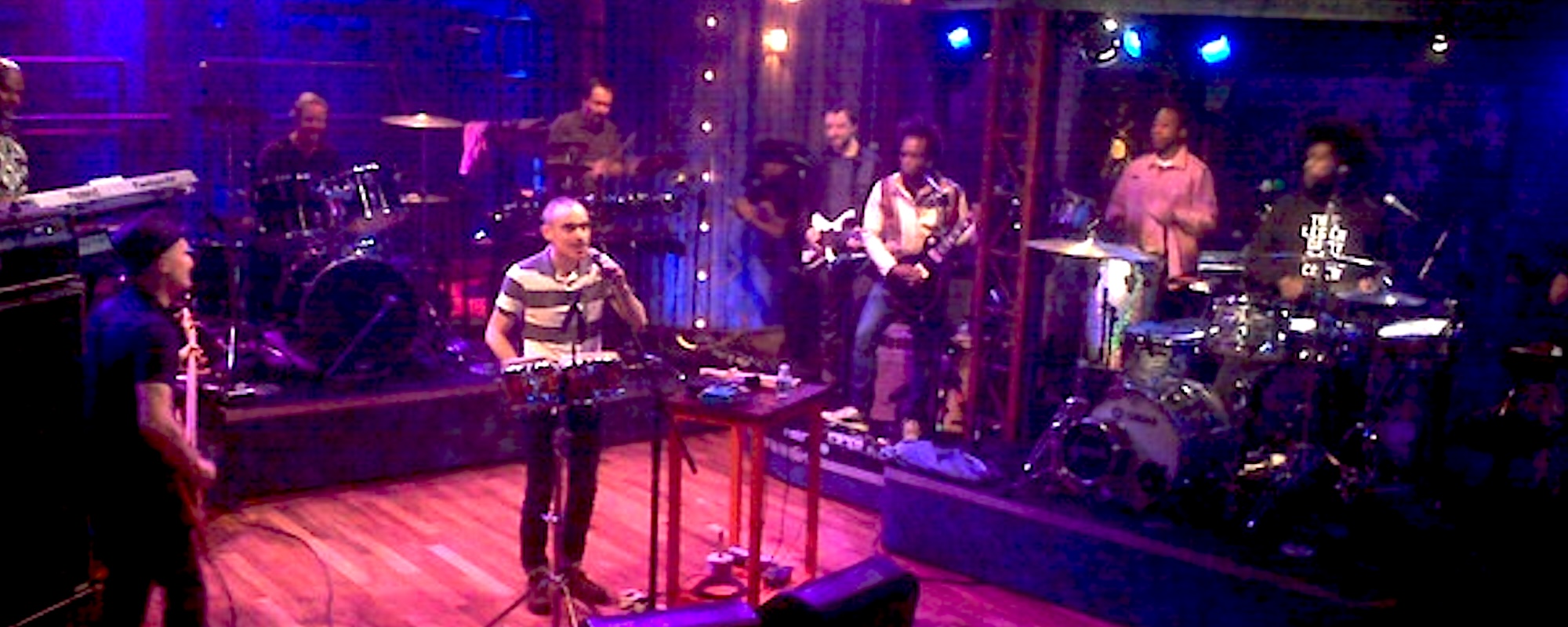
Leave a Reply
Only members can comment. Become a member. Already a member? Log in.